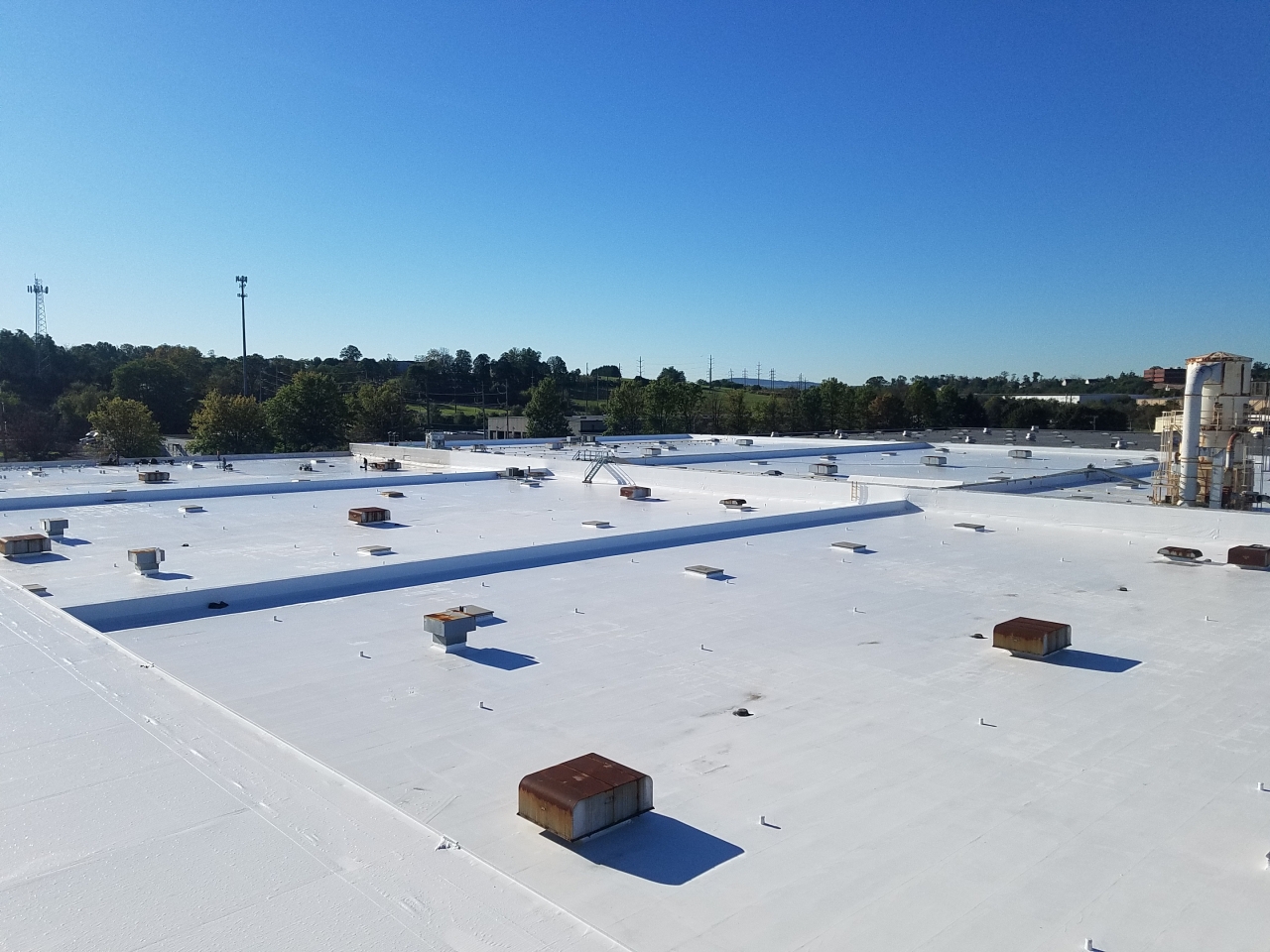Regarding protecting your property, the value of a reliable roofing system is paramount. Your roofing is not just a shield; it influences your house's visual attractiveness, energy efficiency, and overall value. With numerous roofing options and designs available, making a decision can seem challenging for property owners. Whether you are thinking about a roof installation or fixing an old roof, comprehending the different types of roofing and their unique characteristics is essential for ensuring you make the best decision for your house.
As you navigate options from standard asphalt shingles to modern metal roofing, it is important to be aware how long each variety lasts, their cost implications, and how well they withstand various weather conditions. In this guide, we will examine the fundamentals of roof types, share information into rooftop replacement and upkeep, and give recommendations on picking the appropriate materials and professionals for your roofing project. From noticing signs that it may be time for a replacement roof to understanding how to handle storm damage, this detailed overview intends to provide you with the insight you need to defend your home with assurance.
When to Change the Roof
Determining the right time for a roof replacement is vital for homeowners to preserve the structural soundness of their home. One of the most common signs is age; most roofing materials have a defined lifespan ranging from 15 to 50 years . If your roof is nearing the end of its expected life , it's essential to evaluate its condition. Regular inspections can help identify any signs of deterioration that may warrant a replacement.
Another factor to consider is the presence of significant damage, such as missing shingles , leaks, or severe sagging. These issues not only weaken the effectiveness of your roof but can also lead to further problems within your home, including water damage and mildew formation. If repairs become regular and costly , it may be more economical in the long run to invest in a roof replacement.
Lastly , if you notice changes in your utility costs, it could indicate that your roof is no longer providing sufficient insulation. An inefficient roof can lead to higher energy costs due to heat loss or gain. Evaluating your roof's performance and speaking to a professional can help you make an educated decision about whether a replacement is needed.
Frequent Rooftop Issues and Solutions
Property owners often face a range of typical rooftop issues that can result in expensive fixes if not tackled promptly. One major problem is roof leaks, which can happen from numerous causes such as broken shingles, inadequate waterproofing, or blocked gutters. To resolve this problem, it’s crucial to identify the source of the problem, replace worn components, and make sure that drainage systems and spouts are functioning properly to avoid water accumulation.
Another common problem is the growth of lichen, greenery, or fungus on rooftop surfaces, particularly in wet or shaded locations. These growths can harm roofing components over time by retaining water and causing deterioration. To deal with this issue, homeowners can maintain their roofs using specific cleaning solutions or hire a professional company. Additionally, installing zinc strips along the roof peak can assist stop the reappearance of these organisms by inhibiting their growth.
Lastly, inadequate attic airflow can lead to a variety of rooftop problems, including warmth buildup and moisture build-up. This can cause ice formations during winter and reduced rooftop lifespan. To correct ventilation issues, it is crucial to verify that your attic has adequate incoming and exhaust ventilation. This will aid regulate temperature and humidity levels, ultimately increasing the longevity of your rooftop and boosting its general efficiency. Routine inspections and care can further assist in identifying and tackling these frequent rooftop problems prior to they intensify.
Choosing the Appropriate Roof Material Choices

Choosing the appropriate roof material is essential for the lifespan and efficiency of your roofing system. Consider https://angerbeast1.werite.net/selecting-the-perfect-hue-for-the-roof-decorative-and-utilitarian-factors as weather conditions, the style of your home, and your personal preferences. For instance, asphalt shingles are widely used for their affordability and ease of setup, while metal roofing has gained recognition due to its durability and thermal performance. Tile and slate roofing, even though more expensive, can offer unique aesthetics and remarkable lifespan, making them suitable for certain architectural styles.
It's equally crucial to consider the maintenance needs associated with various roof types. Certain materials, like asphalt shingles, require ongoing maintenance to extend their durability, while options like metal roofing and tiles may need fewer frequent maintenance. Furthermore, evaluate the eco-friendliness of your roof choice. Eco-friendly options like green roofs or photovoltaic systems can reduce your environmental impact and possibly decrease utility bills in the long run.
Ultimately, the ideal roofing option will fit with your financial plan, style preferences, and long-term goals for your property. Working with a roof expert can provide valuable guidance tailored to your specific situation. They can assist you weigh the advantages and disadvantages of each material, ensuring that you make an wise choice that boosts the value and functionality of your property.
